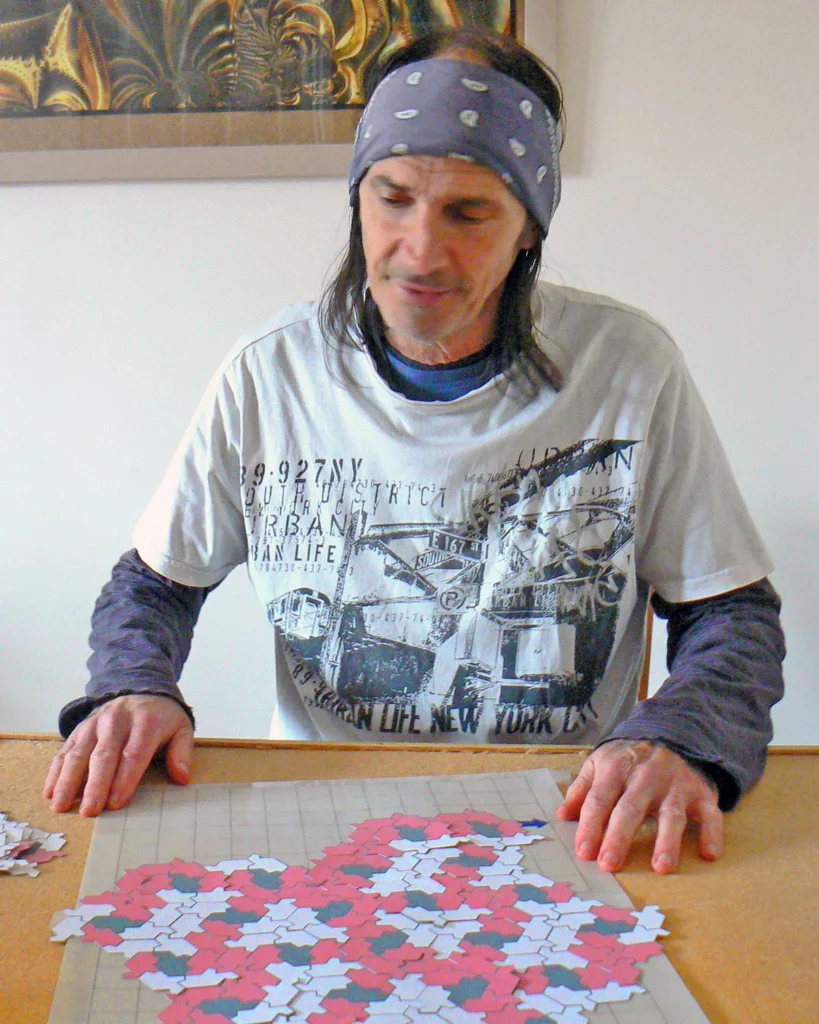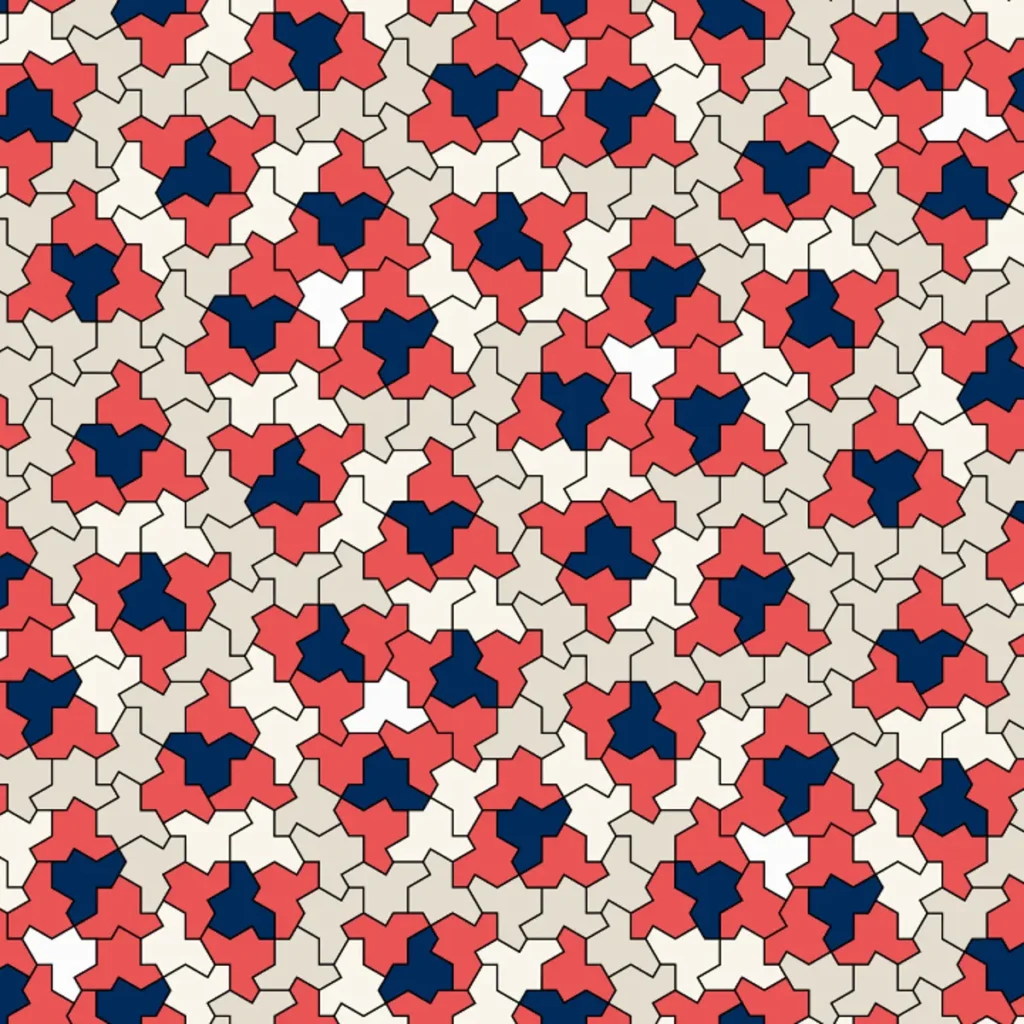

Over the centuries––from cavemen to the modern era––humanity finds itself desperate to solve problems. One of them, leading to the creation of the “Einstein” shape, has recently been solved.
Patterns
Patterns stalk your everyday life. Take, for example, wallpapers or rugs. By using the same, repeated pattern, these items create a periodic pattern. A periodic pattern is a design where you can find a couple tiles which are repeated in the same orientation. However, the new einstein tile, also known as “the hat” tile, is aperiodic. While this tile can also cover a board without any empty spaces, there will never be a pattern which is repeated in the same orientation like an imprint. Now, many may be wondering why this might be receiving so much publicity and seem to be an enormous deal. This tile is, in fact, the only one of its kind that has the ability to cover a surface without having a repeating pattern.
Mathematics
In the early 1960s, mathematicians dubbed the problem impossible even with multiple different shapes. However, only a couple years later, they were determined to be wrong after “a set of 20,426 tiles that—when used together—could do the job.” Over the years, this number dwindled down to one hundred; soon, it was just six tiles. In the 1970s, around a decade later, Roger Penrose, a renowned Nobel Prize winner and physicist, used a system dubbed Penrose tiling to reduce the number of tiles down to two. From then on, the question had remained an itch for mathematicians that had remained unsolved until now.
Meet David Smith
David Smith is a retired printing technician and the responder of this question. In 2016, David Smith was, like many others, enthralled by the question. Smith created a blog that was devoted to finding the elusive einstein tile. However, Smith is not the only one credited with the prominent find. In 2022, when David Smith realized that he had discovered a computer system which could aid his experiments, he emailed a professor in the School of Computer Science at UW––Craig Kaplan. As the professor states, “David knew that I had recently published a paper describing a piece of software that could help him understand what was going on with the tile.” Together, the two were soon fast on their way to discovering the solution to a mathematical problem that had puzzled many for so long.
By: Mihika Rajeev

